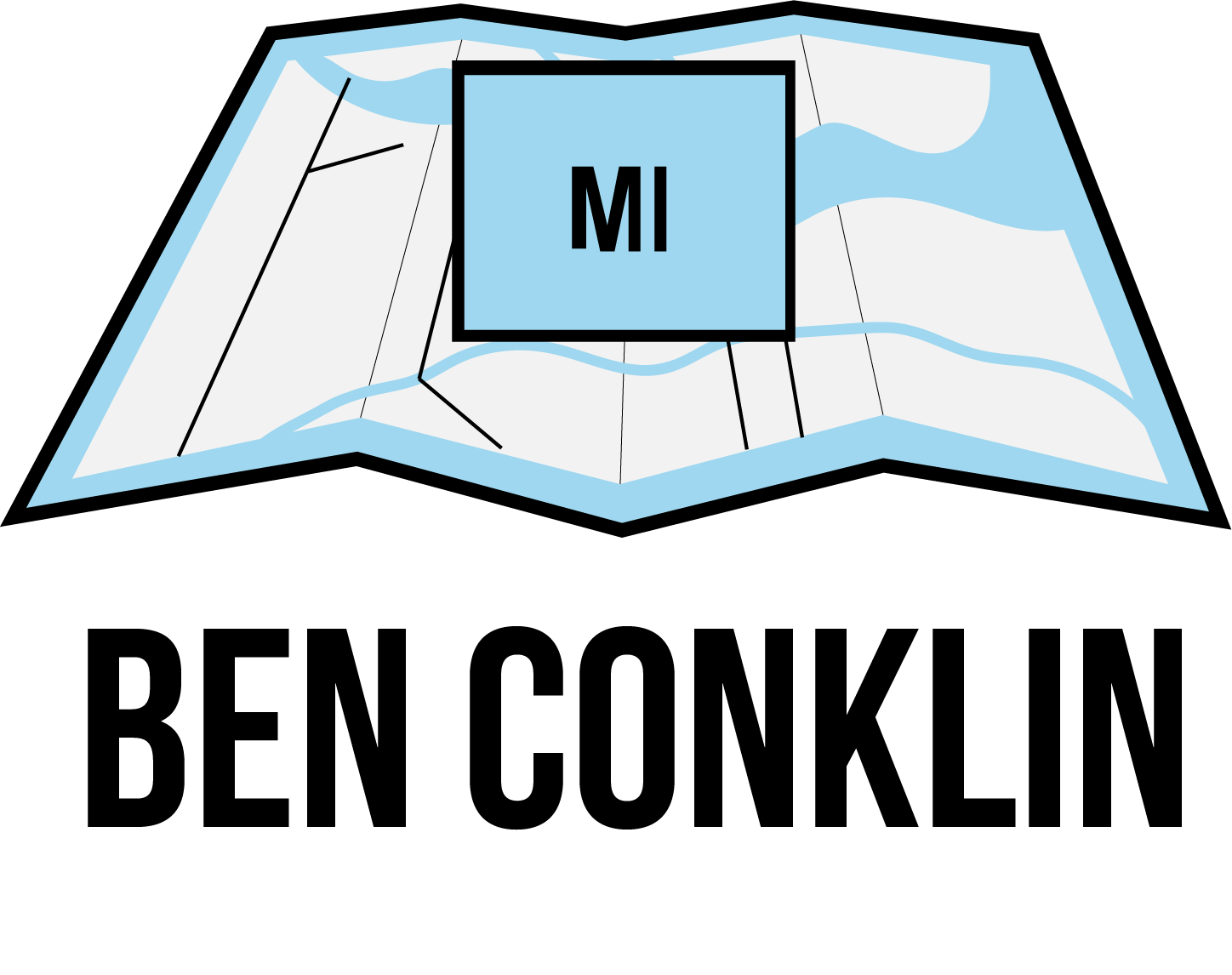ABI Fundamentals for GIS Professionals
I am going to write a lot about Activity Based Intelligence (ABI) on this blog. I thought a quick primer on ABI fundamentals would be a worthwhile initial post. I have to express my appreciation to Patrick Biltgen and Stephen Ryan for the work they did on publishing the first comprehensive book on ABI, Activity-Based Intelligence: Principles and Applications. This book is a great resource, and they did a great service to the community to have the content reviewed and approved for publication.
In many ways, Activity Based Intelligence is not a new concept. ABI borrows heavily from techniques used for years by All-Source Intelligence Analysts and GEOINT professionals. What is important about ABI is that we now have a set of best practices for applying geographic thinking to the complex intelligence problems we encounter today. ABI helps to discover the unknown-unknowns and can drive us to better answers using other traditional intelligence methods.
ABI is different. It is a shift away from focused "target" intelligence and into a new mode where activity and its underlying context is the central theme.
ABI's foundation is four pillars, these are the key tenants of ABI and represent a different approach than traditional intelligence methods.
Georeference to Discover
Data Neutrality
Sequence Neutrality
Integration before Exploitation
Georeference to Discover
Speaking as a GIS guy, this is the most important and seemingly obvious concept. You need to georeference all of your data before you exploit it. You need to correlate the data in time and space to discover key trends and patterns. Location and time are common elements to all activity. This single act will begin to structure your data and prepare it for a variety of different analytic workflows.
Data Neutrality
This second principle is that all data regardless of source is valuable. The primary purpose of this principle is to overcome the traditional bias of prizing classified intelligence over open source intelligence (OSINT). With so many new sources of location-enabled data shared on the internet, you just can not ignore its potential intelligence value.
Sequence Neutrality
This third pillar of ABI involves the nature of time. Many analysts partition their data based time, either the time the data was received/collected or the reporting time. The big challenge for ABI is that all the information needs to be stored together regardless of period. For example, you can't put your data into bins by month. Instead, you need to be able to analyze data across time boundaries. You also need to understand that some reporting will come in much later than the event, and you can not ignore it.
Integration Before Exploitation
The final pillar of ABI is Integration before exploitation. This pillar emphasizes the need for a Multi-Int approach to all intelligence problems. Incidents that are insignificant in one source may become significant when combined with other intelligence information. Integrate early and correlate the data so you can get the full picture. This pillar has driven the creation of Multi-Int teams so single-source specialists can work alongside all-source analysts to before actual Multi-Int analysis.
The applications of these four pillars can seem obvious. The challenges come in implementing organizational changes and process to support these workflows. Technology transformation is helping. The dawn of big data is making it possible to store large volumes of intelligence data in a format that it can be analyzed and exploited. New analysis tools are making it possible to visualize and interrogate the data without having to partition it in advance. Technologies are allowing for real-time analysis and data correlation, freeing the analyst to focus on the hard analytic problems. More information is becoming available to add context to the intelligence being collected and analyzed.
In future posts, I will explore these technology advancements. I will explain how GIS technology is evolving to support these complex workflows. As a GIS professional working in the Intelligence Community, it is important that we understand ABI. Applications of Geographic thinking are happening in a much broader way, and we need to add our expertise to help solve these tough problems.
